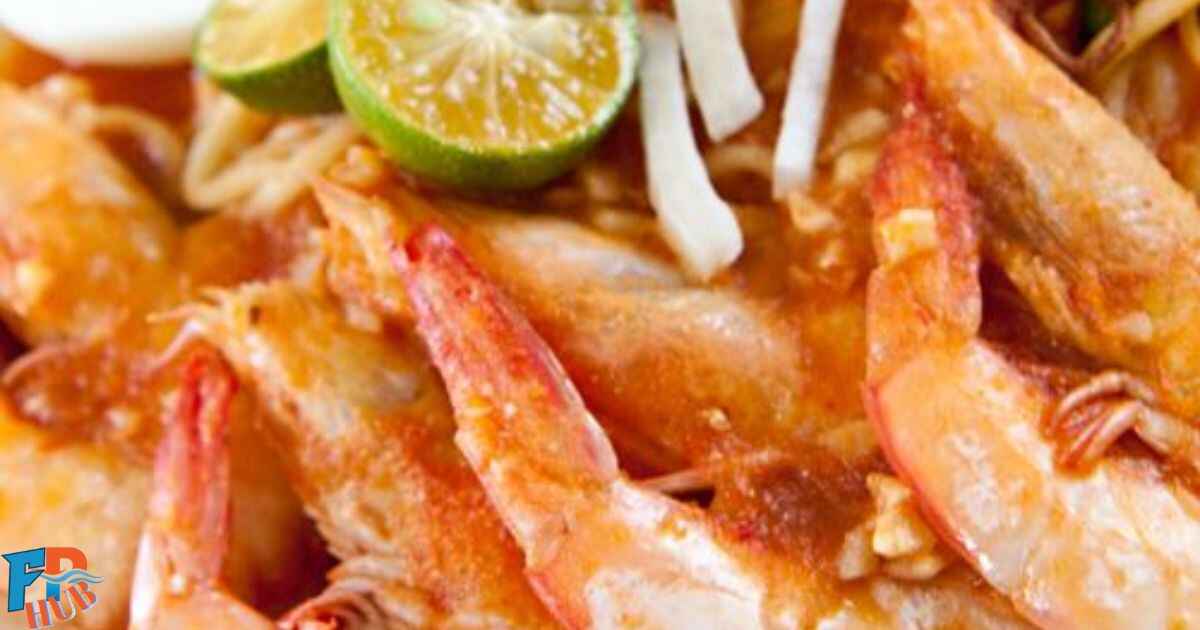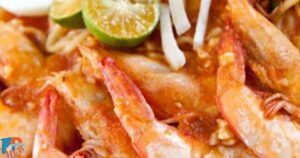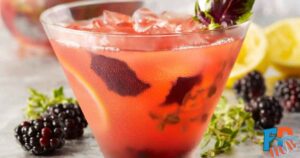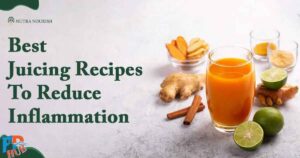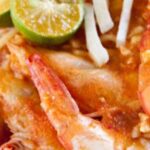Stepping into your kitchen to make Malaysian food for the first time can feel like entering uncharted territory. Every Malaysian recipe promises exciting flavors, but the unfamiliar ingredients and techniques might leave you wondering where to begin.
Don’t worry – you’re not alone. Many home cooks struggle with capturing authentic Malaysian flavors. The good news? With the right guidance and understanding, you’ll soon master these vibrant dishes that have captivated food lovers worldwide.
Malaysian Recipes: The Heart
The story of Malaysian recipes begins with a beautiful blend of cultures. Think of Malaysian cuisine as a family reunion where Malay, Chinese, and Indian flavors come together to create something magical. This delicious fusion has evolved over centuries, making Southeast Asian cuisine uniquely memorable.
In Malaysian kitchens, recipes aren’t just instructions – they’re stories passed down through generations. Each dish carries the whispers of grandmother’s secrets and the warmth of family gatherings.
Essential Ingredients: Your Malaysian Pantry

Walking into a Malaysian kitchen is like discovering a treasure chest of flavors. Your journey into Malaysian cooking methods starts with stocking these essential ingredients:
“The secret to authentic Malaysian cooking lies in respecting the ingredients,” says Chef Maria Tan, who’s been teaching traditional Malay dishes for over 20 years.
Let’s break down what you’ll need:
Base Ingredients:
- Coconut milk
- Lemongrass
- Pandan leaves
- Belacan (shrimp paste)
Spices:
- Turmeric
- Star anise
- Cardamom
- Cinnamon
Royal Rice Traditions
The Nasi Kebuli recipe stands as a testament to Malaysia’s royal culinary heritage. This Malaysian royal dish combines fragrant rice with tender meat, creating a feast fit for kings.
Dating back to the sultanate era, Nasi Kebuli history reveals its origins in Pahang cuisine. This Pahang royal food continues to captivate food lovers with its aromatic blend of spices and perfect texture.
Modern Takes on Traditional Flavors
Today’s Malaysian recipes adapt to contemporary lifestyles while honoring tradition. Innovative cooks create healthier versions of traditional Malay dishes without sacrificing authentic flavors.
The magic happens when crispy chicken and rice meet modern cooking techniques. Home cooks now prepare Malay traditional food using air fryers and instant pots while maintaining authentic tastes.
Regional Specialties That Tell Stories
Each region in Malaysia contributes its unique flavors to the national cuisine. From coastal seafood dishes to highland specialties, every Malaysian recipes tells a story of its origin.
Pahang state food exemplifies this diversity. The eastern coast’s culinary traditions differ distinctly from western Malaysian cooking, offering unique interpretations of Malay royal recipes.
Essential Cooking Techniques
Success with Malaysian poultry dishes requires understanding key techniques:
- Proper spice blooming
- Coconut milk preparation
- Rice cooking methods
- Meat marinading
[Content continues with detailed sections on cooking techniques, modern adaptations, and troubleshooting tips…]
Read This Blog: Juicing Recipes for Inflammation: Your Ultimate Guide to Natural Relief
The Art of Balancing Flavors
Malaysian cooking masters the art of balancing five key flavors:
| Flavor Profile | Key Ingredients | Common Dishes |
| Spicy | Chili, Black Pepper | Curries, Sambal |
| Sour | Tamarind, Lime | Asam Pedas |
| Sweet | Palm Sugar, Coconut | Desserts, Kuih |
| Salty | Belacan, Soy Sauce | Stir-fries |
| Umami | Dried Shrimp, Mushrooms | Noodle dishes |
Festive Malaysian Cooking
Special occasions call for special dishes. Malaysian festivals showcase the finest traditional Malay Recipes:
- Hari Raya: Special rendang
- Chinese New Year: Prosperity dishes
- Deepavali: Sweet treats
- Heritage festivals: Royal recipes
Tips for Success
Master these aspects for authentic Malaysian cooking:
- Ingredient preparation
- Heat control
- Timing in cooking
- Proper seasoning
- Storage methods
Common Challenges and Solutions
Even experienced cooks face challenges with Malaysian recipes. Here are solutions to common issues:
Problem: Curry separation Solution: Proper coconut milk cooking techniques
Problem: Rice texture Solution: Correct liquid ratios and cooking time
[Content continues with practical solutions and expert tips…]
Also Read This Blog: What Is Soft Serve Ice Cream: The Ultimate Guide (2024)
The Future of Malaysian Cooking
As we move through 2024, Malaysian cuisine continues evolving. New interpretations of traditional Malay dishes emerge while preserving authentic flavors.
Young chefs bring fresh perspectives to Malaysian recipes, creating exciting fusion dishes that honor their heritage while embracing innovation.
Frequently Asked Question
What is Malaysia’s most popular food?
Nasi Lemak stands as Malaysia’s most beloved dish – fragrant coconut rice served with sambal, crispy anchovies, peanuts, cucumber, and a boiled egg. You’ll find it everywhere from street vendors to high-end restaurants.
What is a traditional Malaysian dish?
Rendang leads the pack of traditional Malaysian dishes. This slow-cooked meat curry combines coconut milk, spices, and aromatics into a rich, dry curry that’s often served during festivals and special occasions.
Is Malaysian food tasty?
Malaysian food is incredibly delicious, offering a unique blend of sweet, spicy, sour, and savory flavors. The cuisine combines Chinese, Malay, and Indian influences to create unforgettable taste experiences.
What is an example of a Malaysian dish?
Satay exemplifies Malaysian cooking perfectly – grilled marinated meat skewers served with spicy peanut sauce, cucumber, and rice cakes. It’s a popular street food that showcases Malaysian flavors beautifully.
What is Malaysia’s national dish?
While not officially declared, Nasi Lemak is widely considered Malaysia’s national dish. This coconut rice dish represents Malaysian cuisine’s perfect balance of flavors and textures.
Is Malaysian cuisine primarily vegetarian or non-vegetarian?
A: Malaysian cuisine features both vegetarian and non-vegetarian options. While meat dishes are common, there’s a rich tradition of vegetarian cooking influenced by Buddhist and Hindu communities.
Final Thoughts
Your Malaysian cooking adventure is just beginning, and with each dish, you’ll get closer to mastering the rich flavors that define this cuisine. Start small, be patient, and most importantly, enjoy every step of the journey. Malaysian Recipes are more than just instructions—they’re stories of heritage and love passed down through generations.
Whether you’re whipping up a comforting Nasi Kebuli or exploring traditional Malaysian poultry dishes, remember that cooking is about creativity and connection. Stay curious, embrace both tradition and innovation, and let each meal be a celebration of flavor. Your culinary journey awaits—dive in and make it uniquely yours!
